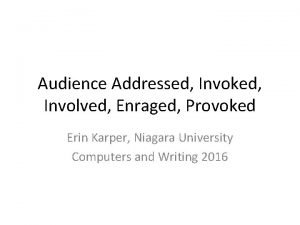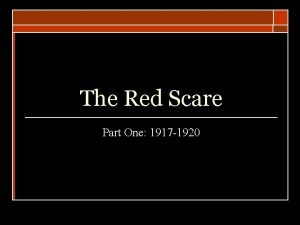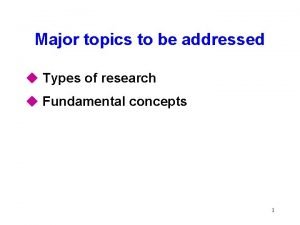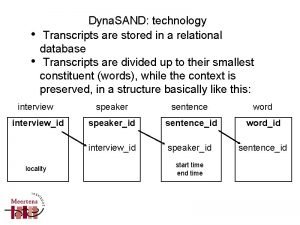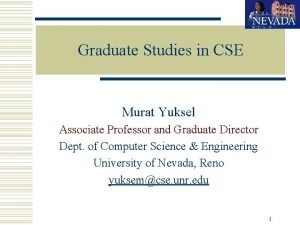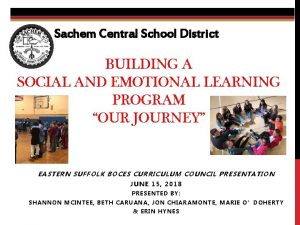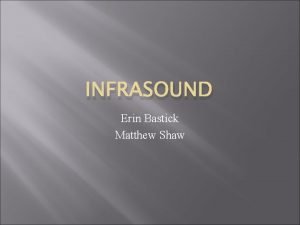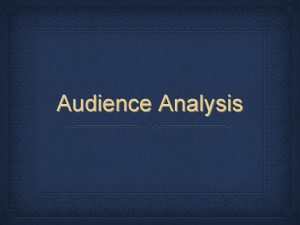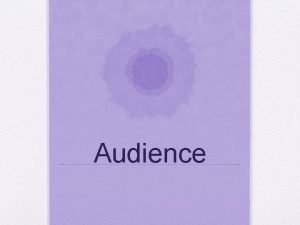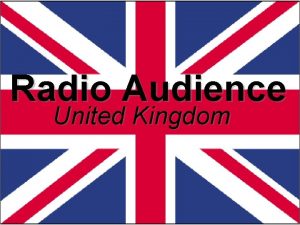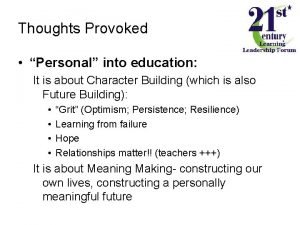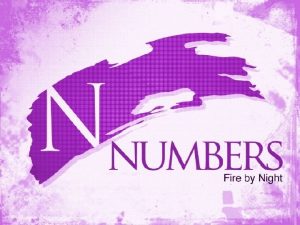Audience Addressed Invoked Involved Enraged Provoked Erin Karper


![Audience Response and Social Media • “Many […] easily forget that when they post Audience Response and Social Media • “Many […] easily forget that when they post](https://slidetodoc.com/presentation_image_h/9ec35c60a15a3d8133ba7abb0d1b71e4/image-3.jpg)














- Slides: 17

Audience Addressed, Invoked, Involved, Enraged, Provoked Erin Karper, Niagara University Computers and Writing 2016

Key Questions • How can we categorize audience response(s) to social media posts? • Why do some audience members react to content on social media by submitting posts to “shaming” sites? • What implications does this have in our classrooms?
![Audience Response and Social Media Many easily forget that when they post Audience Response and Social Media • “Many […] easily forget that when they post](https://slidetodoc.com/presentation_image_h/9ec35c60a15a3d8133ba7abb0d1b71e4/image-3.jpg)
Audience Response and Social Media • “Many […] easily forget that when they post something on the Web they may encounter unwanted audiences. ” • “Student[s] experience the Internet and many of its sites as fairly private, when the reality is that audiences are there all the time, browsing, searching, engaging, responding, sometimes accusing. ” (Lunsford and Ede, 2008)

Some Relevant Theories of Audience • Audience addressed/Audience invoked (Lunsford and Ede) • Audience involved (Johnson) • Audience enraged/audience provoked

What is the enraged/provoked audience? • Audience involved: audience interaction through likes, upvotes, or comments. • Audience enraged/audience provoked: pathosbased reaction outside of the existing post.

What are “shaming sites? ” • Sites whose primary purpose is to publish user -submitted screenshots or other content captured from social media sites. • Content is posted without permission of the original poster. • Identifying information such as usernames is often redacted. • Discussion of the content often takes place in comments on the site.

Some Shaming Sites • Stand-alone sites: Lamebook, Fail. Blog • STFU sites: STFU Parents, STFU Believers • Sub. Reddits: Cringe Pics, Old People Facebook

Lamebook

STFU Parents

Old People Facebook

Why shame your “friends? ” • Facebook allows direct audience reaction/interaction; • Facebook also allows people to hide content and block users; • Why would people submit something to a shaming site instead of engaging directly or blocking/hiding content?

Differing expectations • Different expectations about “appropriate” content for Facebook posts.

The “Real World” Theory • Facebook “friendships” are supposed to mirror actual friendships. • Our “real identities” are expected to be used on Facebook.

Therefore… • “If you couldn’t say it to their face, you can’t say it to them on Facebook. ” • Where can one go with one’s outrage, then?

Why should we care? • Is “shaming behavior” inappropriate? • What about privacy expectations from users whose content is shared? • How do we keep audiences engaged and not enraged?

What about the classroom? • How can different models of audience – invoked, addressed, involved, enraged – help students understand model audience expectations and reactions?

References Alexander, Jonathan. “Media Convergence: Creating Content, Questioning Relationships. ” Computers and Composition 25. 1 (2008): 1 -8. Ede, Lisa and Andrea Lunsford. “Audience Addressed/Audience Invoked: The Role Of Audience In Composition Theory And Pedagogy. ” College Composition and Communication 35. 2 (1984): 155 -171. -----. “Representing Audience: "Successful" Discourse and Disciplinary Critique. ” College Composition and Communication 47. 2 (1984): 167 -179. -----. “‘Among the Audience’: On Audience in an Age of New Literacies. ” Teaching Audience: Theory and Practice. NCTE: 2008. Jenkins, Henry. Convergence Culture: Where Old And New Media Collide. New York: New York UP: 2006. Johnson, Robert R. “Audience Involved: Toward A Participatory Model Of Writing. ” Computers and Composition 14. 3 (1997): 361 -376. Reiff, Mary Jo. “Rereading Invoked And Addressed Readers Through A Social Lens: Toward A Recognition Of Multiple Audiences. ” JAC: A Journal of Composition heory 16. 3 (1997): 407 -424. Images were taken from Someecards.
 Audience addressed audience invoked
Audience addressed audience invoked Comprehension and production in language acquisition
Comprehension and production in language acquisition Phpunit consecutive calls
Phpunit consecutive calls Gilded age strikes
Gilded age strikes The red scare of 1919-1920 was provoked by
The red scare of 1919-1920 was provoked by Provoked seizure
Provoked seizure The third epistle of st. john is addressed to________.
The third epistle of st. john is addressed to________. U types
U types Partially addressed mail service
Partially addressed mail service Eco friendly partially addressed mail
Eco friendly partially addressed mail Addressed to the party misled peek v gurney
Addressed to the party misled peek v gurney Administrative decision making
Administrative decision making Technology addressed
Technology addressed Erin gruewell
Erin gruewell Erin keith unr
Erin keith unr Erin heim
Erin heim Erin hynes sachem
Erin hynes sachem Erin definition
Erin definition
